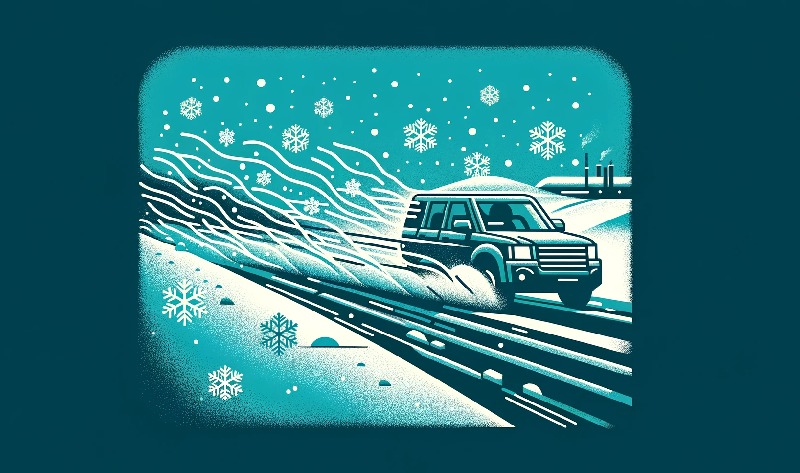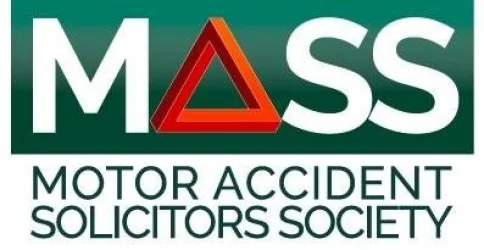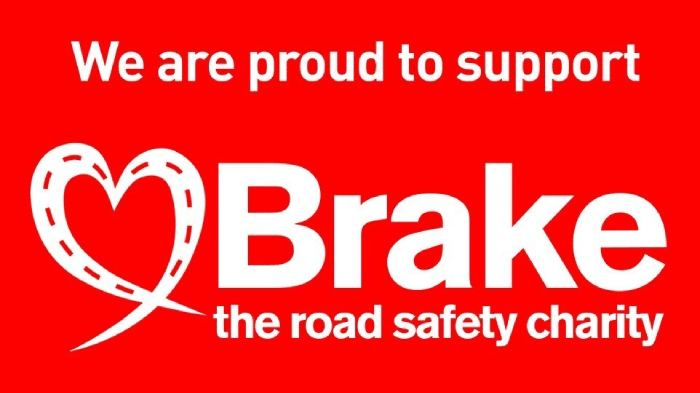As the temperature dips, navigating the roads of Northern Ireland can become a test of skill and preparation. Driving in snowy or icy conditions requires more than just cautious driving; it requires a well-maintained vehicle ready to tackle the challenges of cold weather.
Here’s a helpful guide, complete with practical tips to ensure both safety and minimal inconvenience during the winter months.
1) Maximise Visibility
Shorter days and longer nights mean you’ll rely more on your vehicle’s lighting. Ensure your headlights and tail lights are clean and functioning properly to improve visibility for yourself and others. Additionally, using fog lights in heavy snow or fog can help other drivers see you, but remember to turn them off when conditions improve to avoid dazzling other road users.
2) Clear Snow and Ice Thoroughly
Before setting off, remove snow and ice from all windows, mirrors, lights, and the roof of your car. Snow left on the roof can fall onto your windshield or into the path of other vehicles, creating hazards. A clear 360-degree view is essential for safe winter driving.
3) Smooth Operations
In icy and snowy conditions, gentle manoeuvres are the key to maintaining control. Avoid sudden starts, stops, and sharp turns. Accelerate gently, and when braking, do so gradually. If your vehicle has anti-lock brakes (ABS), understand how they work in slippery conditions.
4) Give Your Car Battery Some Extra Attention
The cold weather increases the demand on your car’s battery due to the use of heaters, lights, and wipers. To avoid starting troubles:
- Turn off all electrical devices before starting your car.
- Use the ignition in short bursts of about 5 seconds, allowing a 30-second interval if the car doesn’t start immediately.
5) Winter Tyre Wisdom
Suitable tyres are crucial for winter driving, particularly in areas susceptible to snow and ice. Ensure your tyres have a minimum tread of 3mm, or consider investing in winter or all-season tyres.
6) Adopt a Slower Pace
Cold weather means potentially icy roads, even if they’re not visibly slick. Adjusting your speed accordingly can prevent accidents. Starting your journey earlier can help you maintain a slower, safer speed.
7) Essential Winter Accessories
Equipping your car with winter-specific accessories such as antifreeze, de-icer, and ice-scraper gloves can make a significant difference in your driving experience. For the latest in car accessories and personalised advice, turn to trusted experts like Halfords.
8) Prepare for the Unexpected
In case of a breakdown, it’s important to have a plan in place. Ensure you have comprehensive breakdown cover. If your insurance doesn’t provide it, consider services like the AA, which offers 24-hour assistance at competitive rates.
We hope you find these tips helpful for safe driving in the snow and ice. For guidance on navigating winter conditions, check out our blog examining the common causes of winter accidents.
As specialists in road traffic accidents in Northern Ireland, we’re here to help if you’ve been involved in a collision that wasn’t your fault in the last 3 years. Explore our services or get in touch for support.













